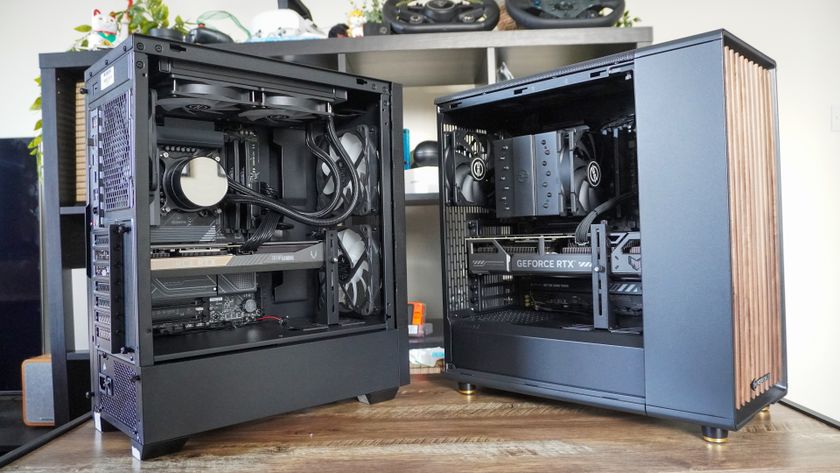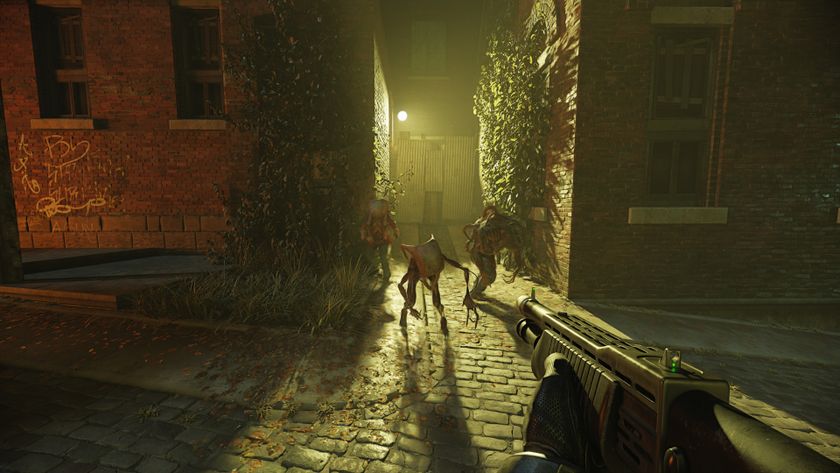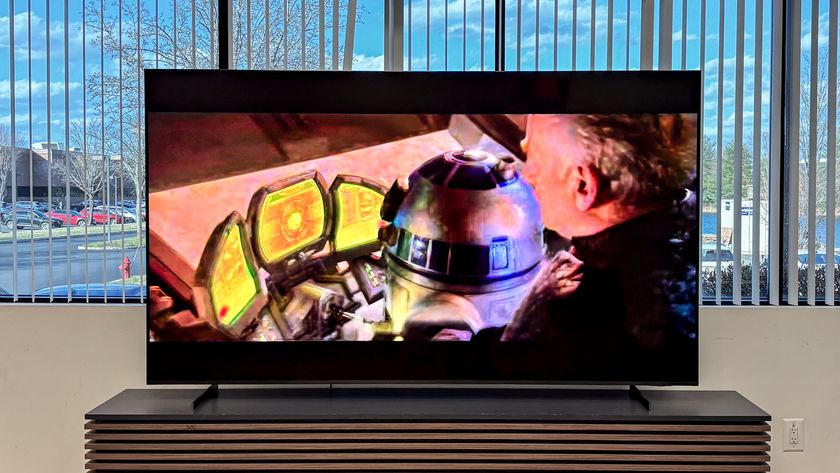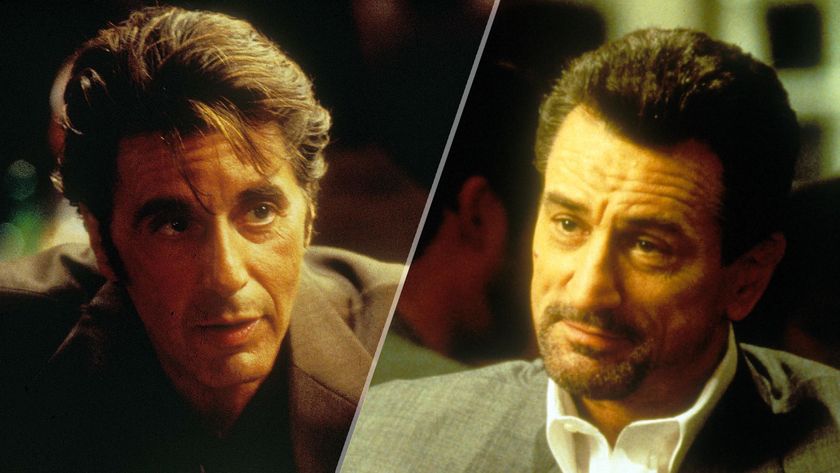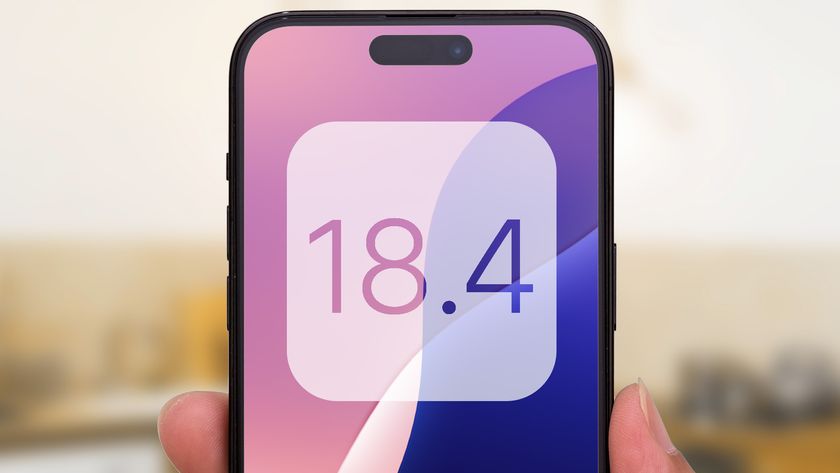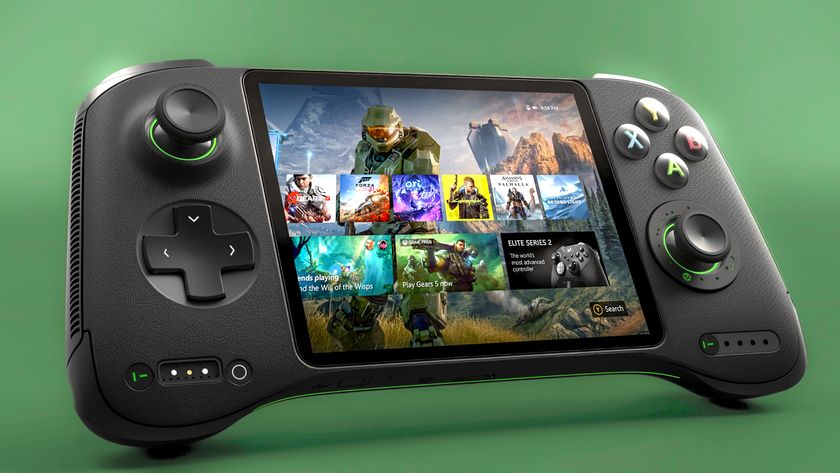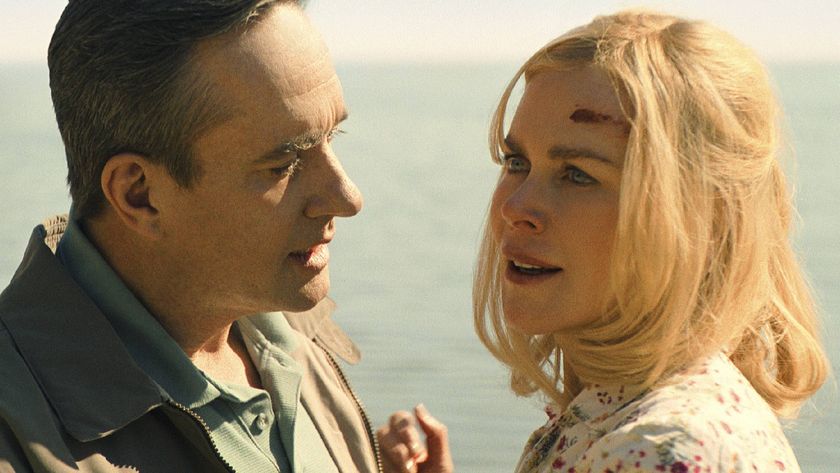Forget Steam Deck: I’ve been playing Starfield on this Android gaming handheld instead
Bethesda’s epic space RPG doesn’t disappoint when streamed on a handheld
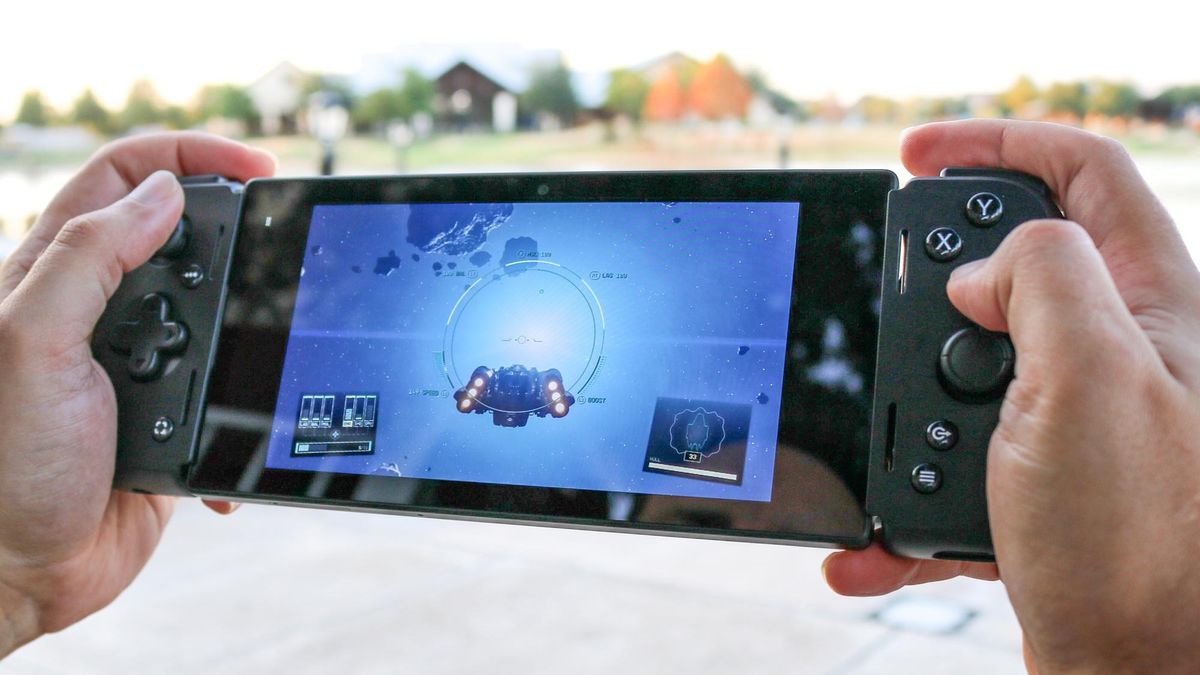
The wait is over — this week, Xbox gamers finally got the chance to play Bethesda’s latest epic RPG and so far, Starfield has lived up to the hype.
In our Starfield review, we hailed it as “one of the biggest Xbox series X games of the year if not the generation” and like the rest of the team at Tom’s Guide, I’ve been working my way through the opening missions of the game. However, while others have been playing it on the Xbox Series X, I’ve been using the new Xbox Series S 1TB in Carbon Black ahead of my upcoming review.
Even though the Series S still remains underpowered compared to its larger sibling, Starfield looks great on one of the best Vizio TVs. As I don’t want to hog the biggest screen in the house, I broke out the xScreen attachable monitor for the Series S and played on that for a bit. It then dawned on me that with one of the best handheld gaming consoles, I could play Starfield anywhere around my house or even on the go for that matter.
Since I don’t have a Steam Deck, an Asus ROG Ally or any other Windows 11 handheld, I’ve been using Razer’s Android gaming handheld instead. It’s been perfect for playing Starfield at home but with its 5G connection and a subscription to Xbox Game Pass Ultimate, I even managed to play outside. Here’s how it went.
Not your average handheld console
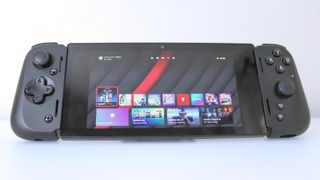
Following the success of the Steam Deck, we’ve seen the release of several cloud gaming handhelds like the Logitech G Cloud with Sony’s own PlayStation Portal set to launch later this year. One such device that seems to have gone under the radar is the Razer Edge.
Unlike the competition, the Razer Edge isn’t actually a cloud gaming handheld. Instead, it’s a hybrid device that can run Android games locally with quite a bit of power thanks to its Qualcomm Snapdragon G3x Gen 1 chip and 8GB of LPDDR5 RAM (on the 5G model). It can also stream games from Steam, GeForce NOW, PS5 and of course, the Xbox Series X and S. With Wi-Fi 6E support as opposed to just Wi-Fi 5, it’s a much better device for gaming streaming than the Logitech G Cloud.
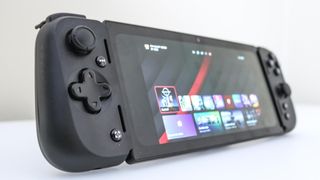
Another thing that helps set the Razer Edge apart is that its controller is detachable. It ships with the Kishi V2 Pro ($150, Amazon) which has several features the regular Kishi V2 lacks like a headphone jack and Razer’s HyperSense haptics for vibration. Replacing the Kishi V2 Pro is a lot easier than taking the entire device apart if something goes wrong; since it’s detachable, it’s also easier to slip the Razer Edge into your bag or even your pocket
The vastness of space in the palm of your hand
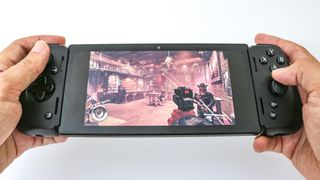
So what’s it like playing Starfield on a handheld console? Surprisingly comfortable, and the game looks great on the Razer Edge’s 6.8 144HZ AMOLED FHD+ display. To everyone’s dismay though, Starfield is locked at 30 FPS and the game can’t take advantage of the display’s higher refresh rate, though the best Steam games can with GeForce NOW Ultimate.
While playing Starfield remotely at home, I didn’t see any dips in streaming performance or frame rate drops, probably because I’m using one of the best Wi-Fi 6E routers. Gameplay was fluid and smooth and once I got used to playing the game on a smaller screen, I lost track of time.
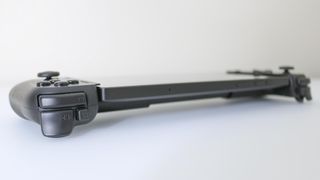
One of my favorite things about the Razer Edge and the Kishi V2 are the programmable buttons just above the left and right bumpers. Like past Bethesda games, you’re constantly adding items to your inventory by pressing A. With A mapped to either the M1 or M2 button, you can loot fresh corpses without having to take your thumbs off the joysticks which really comes in handy in the middle of a firefight in Starfield.
Besides these extra programmable buttons, I really enjoyed how the deep blacks of space popped on the Razer Edge’s AMOLED screen. At the same time, I got to experience Starfield’s music, dialog and sound effects in spatial surround sound on the Razer Edge as I’m using the 5G version of the Android handheld which ships with Verizon Adaptive Sound.
Playing Starfield on the go
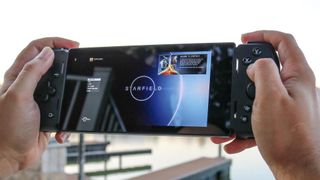
After playing Starfield at home on the Razer Edge all week, I decided to take it out into the field to see how it performed on Xbox Cloud Gaming over Verizon’s 5G network. I performed a similar test back in the summer when I spent a week using the Razer Edge as my main console. However, this time around things went a bit differently.
I loaded up the Xbox Cloud Gaming app, opened Starfield and then nothing happened at first. While I thought my data plan might have run out or that I had lost signal, it turns out that Starfield is a very popular game and therefore I had to wait to play it on Xbox Game Pass Ultimate. The app told me I had to wait nine minutes but fortunately, an xCloud server opened up before then and I found myself at Starfield’s start menu.
The last time I played the Razer Edge in this exact location, I noticed a few hang-ups and performance issues in Halo Infinite. Maybe it’s because Starfield is a slower paced game, but I didn’t experience any issues this time around — both while walking through Akila City in the Cheyenne system or when traversing space in the game’s first ship, the Frontier
While I mainly plan on playing Starfield from the comfort of my own home once everyone else has gone to bed, the fact that I can reliably play it on the go is nice. Who knows, maybe I can get a few missions in from the comfort of a hotel room or even while out and about on my next vacation.
An almost perfect handheld Xbox
The Razer Edge is in its own class when it comes to handheld gaming consoles designed for remote or cloud play. However, there is one big limitation if you’re using it to play Xbox like I’ve been.
With a 20:5:9 aspect ratio, the Xbox or Xbox Game Pass apps will never fully fill the device’s screen. Unlike with YouTube and the best streaming services where you can pinch to zoom in and see content on the entire screen, Microsoft still hasn’t implemented anything like this for Xbox. It probably won’t anytime soon either as in a game like Starfield, doing so would cut off important parts of the game’s user interface.
If you can get over the fact that there are going to be black bars on the side when playing Xbox remotely or over the cloud on the Razer Edge, it’s a great device for playing games like Starfield on a small screen. It’s worth noting that you can take full advantage of the device’s screen with Starfield on PC but as I’m in the process of testing out the new Series S, I plan on doing my first playthrough of the game entirely on Xbox.
In my opinion, Starfield is a fantastic game so far, and with the Razer Edge on hand, I don’t have to limit myself to playing on my TV if I want to experience it on a stunning display.
More from Tom's Guide
Sign up to get the BEST of Tom's Guide direct to your inbox.
Get instant access to breaking news, the hottest reviews, great deals and helpful tips.

Anthony Spadafora is the managing editor for security and home office furniture at Tom’s Guide where he covers everything from data breaches to password managers and the best way to cover your whole home or business with Wi-Fi. He also reviews standing desks, office chairs and other home office accessories with a penchant for building desk setups. Before joining the team, Anthony wrote for ITProPortal while living in Korea and later for TechRadar Pro after moving back to the US. Based in Houston, Texas, when he’s not writing Anthony can be found tinkering with PCs and game consoles, managing cables and upgrading his smart home.
-
doooouge Paying a subscription to play a game which requires permanent internet connection, and unlimited data to play on the go, does not make me wanna replace my Steam Deck. This article is so stupid. I get it. Cloud gaming is cool. But you can't possibly compare it to the Steam Deck, other than it can also "play" games.Reply
